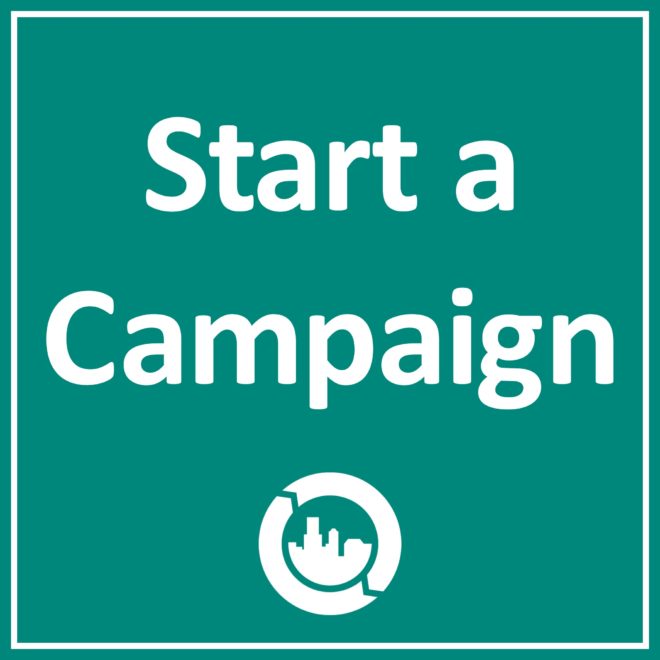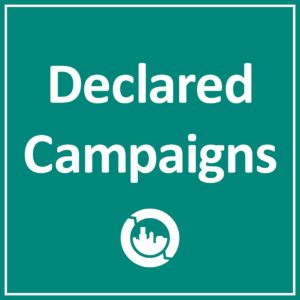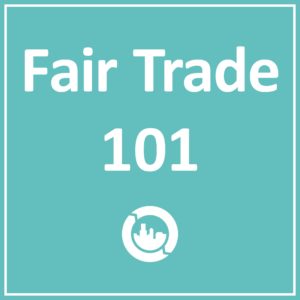Fair Trade Consumer Study 2012
Guest Blogger: Tamara Stenn, Professor at Keene State College
According to the United Nations, the US is the world’s largest consumer by far, spending over $10 billion and making up almost 30% of the world’s consumer market in 2009. (Second to the US is Japan weighing in at just 8.5% of world consumption). For Fair Trade consumption, the US is second to the UK, with almost $1.2 billion spent on Fair Trade goods in the US in 2009. Per capita, the US has been a much less enthusiastic supporter of Fair Trade with people spending less than $2 a year on Fair Trade goods in 2006 (table 2). This is more than nine times less than the Swiss who spend an average of $19 each on Fair Trade goods and more than half of what our counterparts in the UK are each investing into Fair Trade.
Some of the largest Fair Trade buyers in the world such as Green Mountain Coffee and Starbucks, are in the US. US Fair Trade is prominently sold in national grocery stores such as Safeway, Sam’s Club, Trader Joes, Whole Foods Market, WalMart, Target, and thousands of specialty stores in our towns and cities. Fair Trade is visible, available, but not wholeheartedly consumed, yet.
Why? Are the products still too hard to find? Are the Fair Trade labels not known? Is there confusion about what Fair Trade is? Is there a lack of belief, trust, or understanding? How are people learning about Fair Trade anyway?
Keene State College students and Fair TradeTowns USA are partnering together to conduct the first nation-wide study of Fair Trade consumption in the US. We will be examining how age, gender, occupation, income, region lived and community size, all come into play when making decisions about Fair Trade. We will also be examining how those decisions are being made – how people are learning about Fair Trade, what is the media influence, social networking, and what barriers exist to keep consumers from making Fair Trade purchases.
Hundreds of convenience sample surveys (16 questions and 15 minutes long) will be administered by Fair Trade Towns volunteers in towns and cities across the US during February and March 2012. Keene State College Quantitative Literacy students studying Fair Trade will then analyze the results and share them in a researched report scheduled to be released in time for World Fair Trade Day in May 2012.
This is study is significant in that it provides a baselines measure in which to begin to understand the US Fair Trade consumer, their motivations, and challenges. This will provide an important starting point for more specific, follow up studies.
This opportunity is a great way to gauge the impact of Fair Trade in your community. If you are interested in getting started with this survey and administering it in your town, please contact Billy Linstead Goldsmith at [email protected] or Courtney Lang at [email protected].






You must log in to join the discussion. If you are not already a member registering is easy.